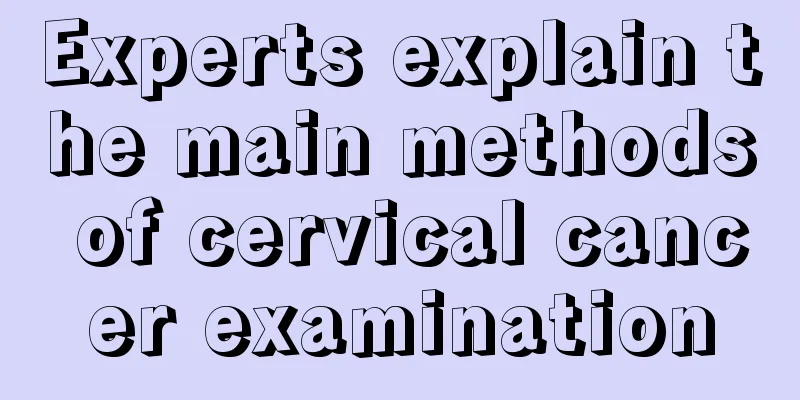The staging of thyroid cancer is mainly divided into four stages. What does stage four of papillary thyroid cancer mean?

|
Papillary thyroid cancer is the most common and the least malignant. It accounts for about 85% of thyroid cancers and can occur at any age. It is more common in children or young women (before 40 years old). Some patients have undergone neck X-ray treatment in childhood. The tumor grows slowly and can be confined to the thyroid gland for several years. The lesion can spread from the primary site to other parts of the gland and the cervical lymph nodes through the intraglandular lymphatic vessels. It can also be confined for several years, so its nature is easy to be ignored. The incidence of papillary thyroid cancer is increasing year by year. Thyroid cancer is divided into four stages: Stage I: The thyroid cancer mass is small and cannot be touched by hand on the surface of the thyroid gland; there is a single nodule in the thyroid gland, the thyroid gland has no obvious changes in shape, the nodule is not restricted in activity, and there are defects in the thyroid gland on radionuclide scanning; there are single or multiple nodules in the thyroid gland, the gland itself is deformed, and the gland activity is not restricted; no lymph nodes are touched in the surrounding area, and there is no distant metastasis. Simply put, the tumor is confined to the thyroid capsule and there is no lymph node metastasis. Stage II: Based on stage I, ipsilateral, contralateral or bilateral lymph nodes are enlarged, active, and without distant metastasis. Stage III: The tumor in the thyroid gland penetrates the thyroid capsule and is fixed or invades surrounding tissues; the lymph nodes are enlarged and fixed; and there is still no distant metastasis. Stage IV: Thyroid cancer with distant metastasis. Surgical resection is the preferred treatment for papillary thyroid carcinoma. Depending on the thyroid tumor lesions, one thyroid lobe plus isthmus resection or total thyroidectomy can be selected. Depending on the cervical lymph node metastasis, central lymph node dissection or cervical lymph node dissection can be selected. Thyroid tumor removal or subtotal thyroidectomy is not recommended. |
<<: What are the common stages of thyroid cancer? Will thyroid cancer recur after surgery?
Recommend
What medicine is better for breast cancer
What medicine is better for breast cancer? In rec...
These seven parts of the human body can never be cleaned no matter how hard you wash them
Most people have never thought about whether thei...
What causes edema?
Edema is a common clinical problem. Symptoms of e...
What's wrong with the dark belly and waist
Many women find that the skin on their stomach an...
How to care for patients with brain glioma
Glioma is the most common brain tumor caused by t...
What are the symptoms of spleen deficiency and dampness? Clinical manifestations of spleen deficiency and dampness accumulation
Around us, some people look fat and bloated, and ...
Medicinal food that helps replenish blood in patients with ovarian cancer after surgery
Ovarian cancer is a major malignant tumor that th...
I have chest pain when I wake up in the morning
After getting up in the morning, everyone's s...
How to prevent red corners of eyes after canthoplasty?
Redness in the corners of the eyes is a common pr...
Diagnosis of laryngeal cancer
Anyone who has unexplained hoarseness, foreign bo...
What are the taboos in acupuncture
Acupuncture is a very common way to treat disease...
Left side of face is numb
Many people have experienced facial numbness in t...
Diagnosis and treatment of hypertension, the treatment effect is good
Hypertension is a common disease, and most elderl...
Can bean juice and eggs be eaten together
Douzhi and eggs are both common foods. Both are s...
Understand the dangers of hamartoma
Due to the complexity of human organs and tissues...









